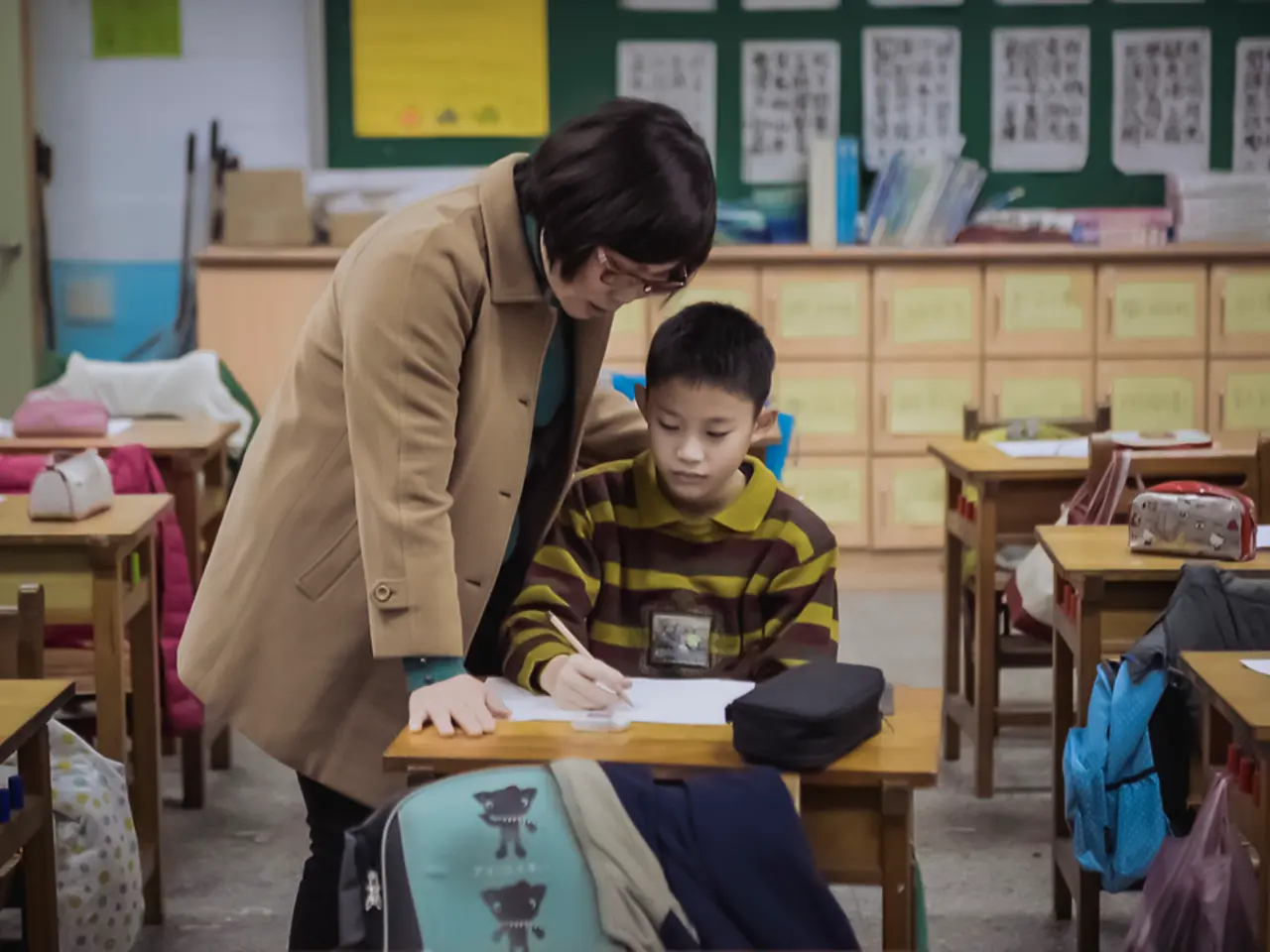Barrier Analysis of Comprehensive School Inclusion for Diverse Learners
Inclusive education, an educational philosophy advocating for equal opportunities for all students, regardless of their abilities or backgrounds, faces numerous barriers that hinder the effective integration of students, particularly those with disabilities, into mainstream classrooms.
One of the primary obstacles is insufficient preparation for inclusive practices. This lack of comprehensive training means educators may not be fully equipped to address the diverse needs of all students. To remedy this, comprehensive training programs should focus on equipping teachers with skills essential for fostering an inclusive environment.
Limited access to assistive technology is another significant challenge. Students with disabilities often struggle to participate fully in classroom activities due to a lack of these essential tools. Addressing this issue requires the acquisition of necessary resources and the implementation of policies that ensure equal access to technology for all students.
Digital literacy requirements present another obstacle, as both students and educators must possess a certain level of proficiency in using technological tools. Continuous learning is essential for educators to stay updated on best practices in inclusive education and to improve their ability to adapt instructional strategies to accommodate diverse learning needs.
Policy and legislative barriers significantly hinder the progression of inclusive education. Laws and policies often lack specific guidelines or adequate frameworks to support inclusive practices in educational settings. Addressing these gaps is crucial to ensure that all students have access to an equitable educational landscape.
Socioeconomic factors also contribute significantly to barriers to inclusive education. Students from underprivileged backgrounds often lack access to necessary resources. To address this issue, schools must work to level the playing field, ensuring that all students have equal opportunities to succeed.
Technological barriers to inclusive education encompass the challenges that hinder the effective use of technology in accommodating diverse learning needs. To overcome these barriers, schools must invest in assistive technology and resources that cater to the diverse needs of their students.
Engaging educators in peer-led discussions can provide valuable insights and shared experiences, building a supportive community dedicated to overcoming barriers to inclusive education. This collaborative approach can help educators feel more confident in their ability to manage inclusive classrooms and improve their understanding of diverse learner needs.
In Germany, political initiatives are currently addressing barriers to inclusive education and improving funding for support aids for students with disabilities, particularly through federal and regional programs aimed at strengthening educational access and infrastructure.
The primary goal of inclusive education is to foster an environment where all students can participate fully in their educational experience. By addressing the various barriers to inclusive education, we can ensure that every student has the opportunity to thrive and reach their full potential.
Read also:
- Indispensable Digital Files Every Scribe Demands for their Screenplay Journey
- Rising state pension ages disproportionately impact a particular demographic, raising questions about the necessity of extending working years.
- Increase in mortality among seniors due to falls
- Councilmember Mai Vang unveils intentions to contest Doris Matsui for the Congress seat in Sacramento




